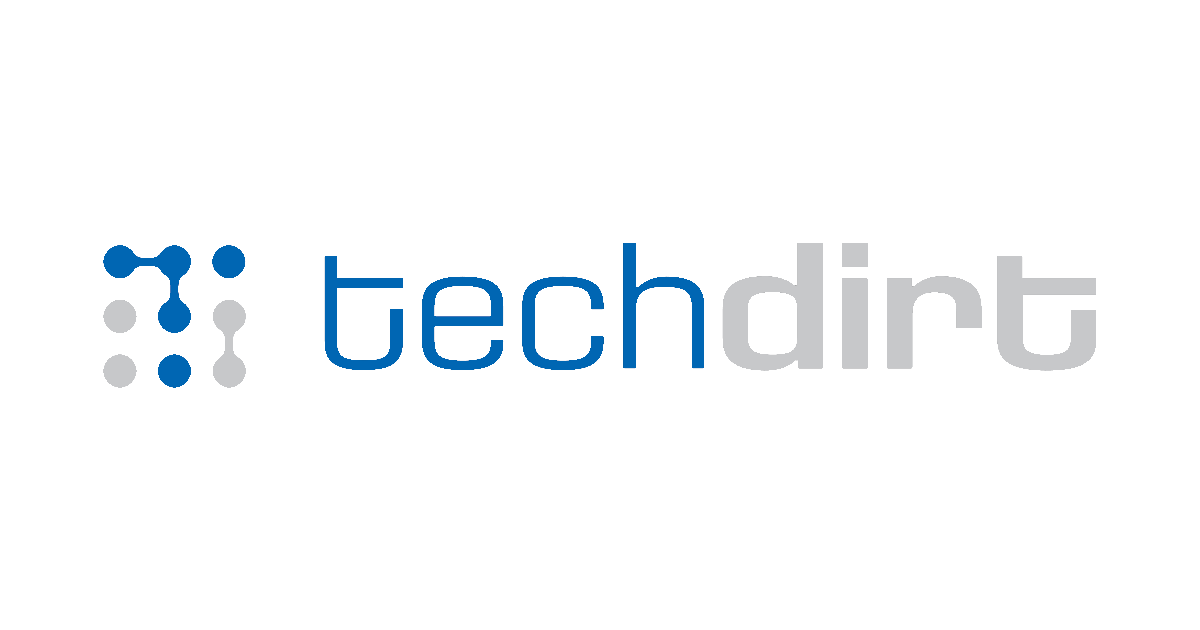Self-hosting your own media considered harmful - I just received my second community guidelines violation for my video demonstrating the use of LibreELEC on a Raspberry Pi 5, for 4K video playback
-
Yep. Most of my favorite creators are on Nebula now.
The ones that aren't get watched on SmartTube or in Brave Browser.
Nebula
Closed source, centralized and not even free...
-
Cries in single digit upload speeds
Single digit??? Let me guess spectrum?
-
Pretty sure you also had to pay royalties fees for radio/Internet radio regardless of where or not you played their music.
And still do for live performance by cover bands.
-
Maybe stop relying on fucking youtube?
Gotta preach where the choir is.
-
JG can also be found on Floatplane.
What about Peertube?
-
What about Peertube?
I'm a fan of PeerTube, but it's.. rough. Discoverability is subpar and many instances are bandwidth constrained. Video streaming is still a bulk-hosting game unfortunately.
-
It was released on DVD and Blu-ray, if he purchased the disc and ripped it to his media, and hasn't shared those files with anyone, then it is legal, as an exception to copyright in the US, where Jeff and Google are both based.
Jeff has stated on multiple occasions that he purchases and rips his media, and does not use piracy.
Ripping is illegal as well. DVD and BlueRay decoders are highly illegal.
-
Ripping is illegal as well. DVD and BlueRay decoders are highly illegal.
Breathing is illegal, citizen.
-
The video is up again:
But at some point, he shows he's moving some files to LibreELEC, and he has a folder called "Chernobyl" - how can that possibly be legal, if the folder actually contains files with the HBO show of the same name? Just asking because I'm curious

It is probably just a video he's making about how to self-host a 3GW nuclear power station, so that you can self-host a hundred million raspberry pi cluster.
-
Ripping is illegal as well. DVD and BlueRay decoders are highly illegal.
This is incorrect in the US. Ripping DVD and Blu-ray media for personal use has been part of the fair use doctrine since 2015.
-
Maybe stop relying on fucking youtube?
Who, Jeff? He made a whole video a while back about how he doesn't rely on YouTube, and is also on Floatplane. However, he acknowledges that a lot of viewers can't afford a subscription service, and YT has a massive reach, so he still uploads there, too.
-
Notably, Youtube does not consider exploiting children for profit harmful.
I made a very similar joke like this on Reddit, except it was about Waymo, and Reddit issued a warning against my account threatening a permanent ban.
-
The problem is that LibreELEC is piracy-adjacent. So you get these bogus take-downs because different people draw the line differently, and fighting a legal battle is 1000x as expensive as the outcome is worth to most people.
Using the Internet is piracy adjacent, by your hypothesis.
That's just bullshit.
-
Notably, Youtube does not consider exploiting children for profit harmful.
Harmful is just code for "threatens the bottom line of multibillion dollar companies". There is no relation to anything that matters to real people.
-
you say in the video that you use this setup to watch YouTube. I love watching YouTube with Kodi as it shows no ads. I guess they don't love that.
I'm not saying that justifies the strike, but it might be connected
I love watching YouTube with Kodi as it shows no ads. I guess they don’t love that.

This scene from A Clockwork Orange is how I view Google's attitude of entitlement when it comes to exposing people to ads.
No sir, you don't have the freedom to decide what gets displayed on your screens and even if you don't block ads, you must not ignore them or put the volume on mute while they play.
Are those ads promoting scams? Are those ads delivering malware to your computer? Stiff shit buddy! You must view the ads.
-
I'm a fan of PeerTube, but it's.. rough. Discoverability is subpar and many instances are bandwidth constrained. Video streaming is still a bulk-hosting game unfortunately.
Not to mention if you primarily watch videos on your TV you're out of luck.
-
YouTube pulled a popular tutorial video from tech creator Jeff Geerling this week, claiming his guide to installing LibreELEC on a Raspberry Pi 5 violated policies against "harmful content." The video, which showed viewers how to set up their own home media servers, had been live for over a year and racked up more than 500,000 views. YouTube's automated systems flagged the content for allegedly teaching people "how to get unauthorized or free access to audio or audiovisual content."
Geerling says his tutorial covered only legal self-hosting of media people already own -- no piracy tools or copyright workarounds. He said he goes out of his way to avoid mentioning popular piracy software in his videos. It's the second time YouTube has pulled a self-hosting content video from Geerling. Last October, YouTube removed his Jellyfin tutorial, though that decision was quickly reversed after appeal. This time, his appeal was denied.
Everyone who is capable of hosting a peertube instance should do so, even if it's just to host your own content. I know, "it will never replace youtube" but if as many people as possible use it and share bandwidth between each other we will at least have SOMETHING in terms of a youtube alternative.
-
Using the Internet is piracy adjacent, by your hypothesis.
That's just bullshit.
Not my hypothesis. And it is just bullshit, but if you pay attention, they have made similar runs at taxing and controlling the internet periodically since the 1990s.
-
I made a very similar joke like this on Reddit, except it was about Waymo, and Reddit issued a warning against my account threatening a permanent ban.
Let them. Trust me, you'll feel much better
-
In the 1970s/80s, the corporations just taxed blank media - because it was obviously used to pirate their warez.
70s?
My governmentthe private for-profit corporation tasked by my government to manage copyrights, every year still steals from everyone millions of euro "because that phone can be used to watch pirated content"We pay 7 euro on each smartphone, 7.50 on each USB drive, up to 18 euro on each internal drive (sata or name, but under 160gb is free) and products are castrated with regional firmware because if it's just a TV then it's 4 euro tax, but if it allows recording it's the 5% of MSRP
-
-
-
Airbnb’s Dying Software Gets a Second Life: The AI boom has revitalized a stagnant open-source project
Technology 1
1
-
-
 1
1
-
“Treat Online Abuse Like Spam”: New Report Urges Social Media Platforms to Fight Online Abuse with Tools Users Can Control
Technology 1
1
-
California Bill Would Require That AT&T And Comcast Make Broadband Affordable For Poor People
Technology 1
1
-



